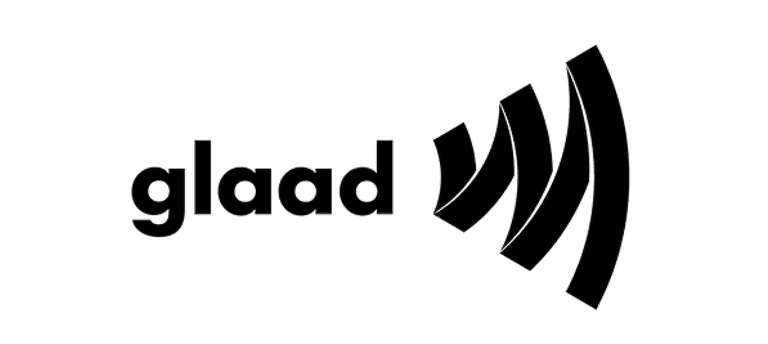Identifying Conflicts of Interest in the Workplace
Gain a comprehensive understanding of conflicts of interest, ranging from financial affiliations to personal connections, and develop the skills to effectively identify and discern these ethical challenges in order to uphold integrity and uphold standards.

Guiding Policies for Conflict Management
To avoid conflicts of interest, it is crucial to be transparent about relationships and interests that could influence professional decisions. Establishing clear company policies and procedures helps identify and manage conflicts effectively. When possible, it's advisable to avoid situations that may lead to conflicts. If a conflict does arise, recusing oneself from decision-making processes can maintain impartiality. Regular reviews and monitoring help detect and address emerging conflicts. Seeking guidance from managers, ethics committees, or legal counsel is encouraged when unsure about a potential conflict.

In the landscape of professional ethics, it is vital to recognize the indicators of a potential conflict of interest. These indicators can be surprisingly diverse, often ranging from disproportionate personal gains and relationships influencing business decisions to the misuse of professional stature for personal advantage. These scenarios may seem like typical office dynamics, but in reality, they are red flags signaling conflicts of interest.
When an employee stands to gain significantly more from a decision or situation on a personal level than their peers or the organization.
A personal relationship (like a friend, family member, or romantic partner) influences professional decisions.
Pushback against measures designed to ensure transparency and accountability may indicate a potential conflict of interest.
Examples of Conflicts of Interest
Workplace conflicts of interest arise when personal interests, relationships, or obligations potentially impact an individual's professional decisions and responsibilities. Here are some examples to look out for:
Here are some myths to look out for:
- -
Influencing Customer Perception
- -
Overlooking Team Members
- -
Overlooking Violations
- -
Using Proprietary Information

Quickly Identify Conflicts of Interest in the Workplace with Training
Embark on a specialized training program that offers a deep exploration of the multifaceted nature of conflicts of interest. Immerse yourself in a transformative learning experience that empowers employees to skillfully identify and navigate diverse types of conflicts. From intricate financial entanglements to personal connections and beyond, our Conflict of Interest training delves into the intricacies of each situation. Through engaging real-world illustrations and interactive exercises, you will cultivate the knowledge and proficiency necessary to effectively recognize, handle, and mitigate conflicts of interest.

Helping over 8,000 organizations create a safer, more productive workplace
This course addresses conflicts of interest and equips learners with the knowledge and resources necessary to navigate them fairly and without bias. This training covers:





















